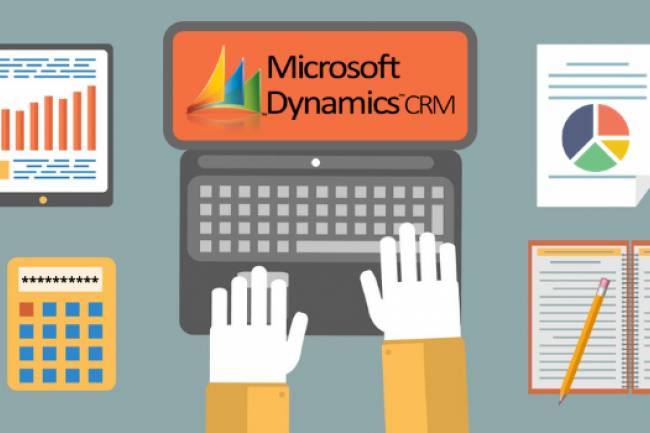
Top Benefits of Implementing Payment Automation Software
Payment automation software is a tool business use to make their payments faster, more streamlined and less subject to human error. It centralizes data for easier access to revenue insights.
It also helps businesses shift AP resources from transactional to strategic work, mitigate payment risks, and reduce domestic and cross-border payment costs.
Speed
Whether through card or wire payments, an automated system is faster and more efficient than manual payment. This translates into cost savings from reduced labor expenses, lower transaction fees, and fewer errors — not to mention less time spent on processing.
Payment automation also helps to improve customer satisfaction by sending invoices quickly and reducing the risk of late payments. According to a study, companies that use automated systems receive on-time payments 33% more often than those without them.
Suppliers are happiest when they’re paid on time and when there is transparency in the payment process. Automated systems can help ensure timely payments and provide complete visibility for domestic and cross-border payments. This enhances working capital management and improves relationships with vendors. The best way to determine if implementing an automated payment system is right for your business is by working with a reputable provider who can show you the results. A quality solution will evaluate your current payment processes, recommend the best solution, and support you through implementation. In addition, a good provider will communicate the change to all stakeholders involved in the AP process.
Accuracy
A payment automation system is an excellent option for businesses that process invoices regularly, such as software subscription services, retail boxes, or recurring retainer fees. One benefit of an automated payment system is that managing these payments is streamlined and efficient, allowing the company to focus more on its client offering while reducing costs and eliminating human error.
Errors in the accounts payable department eat up valuable time hurt supplier relationships, and can result in duplicate payments. Best-in-class companies that use an automated payment solution can significantly reduce the percentage of errors and duplicate payments.
An automated system also helps to reduce the likelihood of fraud. The best-automated payment solutions can be configured to validate invoice data against ERP or accounting systems, eliminate manual handoffs and faxes that cause errors, and flag duplicate payments. Moreover, they can facilitate electronic collaboration between suppliers and internal stakeholders to resolve issues, which can be much more effective than solving these problems via untracked emails or phone calls. This can lead to better supplier relationships and fewer delays in paying their invoices.
Efficiency
Using an automated payment system reduces the time your staff spends chasing down payments, which is a massive source of frustration for you and your customers. Computerized systems also make it easier for your customers to keep track of their bills and pay them on time, which increases their satisfaction with your business.
With less manual work, your accounts payable department can process invoices faster than if done manually. This enables you to take advantage of early-payment discounts offered by vendors, which can further reduce your costs.
Digital payments are also less expensive than checks to process. Implementing an automated payments system eliminates the need to keep a spreadsheet of your payment activity, which can save valuable person-hours for your team. Monitoring payment metrics and key performance indicators is also more accessible, giving you better financial health visibility. This data can be consolidated in one dashboard to enable you to visualize your progress over time and identify opportunities for further improvement.
Flexibility
You can offer your customers various flexible payment options with an automated payment system. This makes it easier for them to pay their bills on time and helps you build strong relationships with your suppliers.
In addition, a unified payment solution enables invoices to be scanned and pushed through the entire process quickly and easily. This can significantly reduce the number of invoices that need to be recovered or misplaced. Additionally, a single payment system allows for all records to be linked, including invoices, payments, receipts, and approvals, creating a complete history of transactions for all businesses in a centralized system.
Errors in the accounts payable process waste time, damage supplier relationships, and lead to duplicate payments. Automated systems have been shown to reduce the number of mistakes and exact prices for low and moderate-invoice volume companies. This is because best-in-class solutions use automation to improve AP efficiency and capture early-payment discounts more frequently. Moreover, they also help companies prevent fraud by leveraging a combination of strategies: conversion, invoice matching, and avoiding payment to fake invoices.
Scalability
In IT, scalability is the ability of a system to handle increasing workloads without requiring significant additional hardware or software. This is important because it allows your business to grow and expand globally without experiencing a loss in performance or functionality.
Similarly, implementing an automated payments system can free up your team’s time to focus on other aspects of the business that are important to you and your customers. This may include providing customer service and addressing issues related to invoices or late payments.
Finally, the speed and accuracy of automated payments can lead to fewer payment delays. This is because there is less room for error when payments are made electronically, and this can prevent the need to reissue checks or resubmit payment information.
Another aspect of automation that can help reduce late payments is supporting international payment types. This can be especially important if you work with global vendors and need to ensure that vendor payments are received in the correct format. This can also allow your company to save money on fees and interest for late payments.












